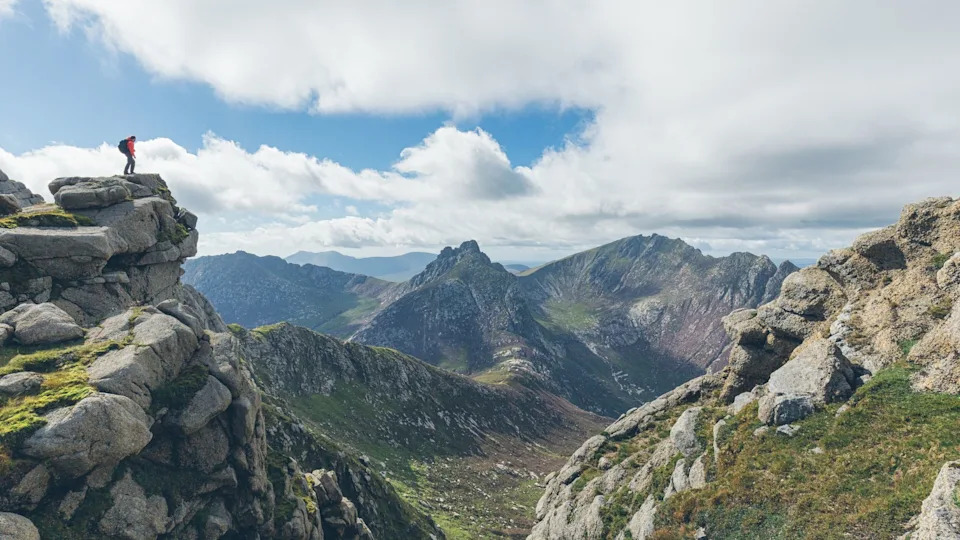When you buy through links on our articles, Future and its syndication partners may earn a commission.
 The planet's history is recorded on Arran's surface. | Credit: Sam Spicer / Getty Images
The planet's history is recorded on Arran's surface. | Credit: Sam Spicer / Getty ImagesIsolated in the vast Firth of Clyde, Arran is situated just south of the Hebrides and is Scotland's seventh biggest island. Two hours by car and ferry from Glasgow, it has long been popular with holidaymakers from the city.
But it also has another group of fans – geologists, said Stuart Kenny in The Guardian. In few other places than this is the planet's history so clearly recorded on its surface, with rock types "from basically every geological period of the last half-billion years". Observations on Arran played a key role in the birth of modern geological science, and in April this year it was designated a Unesco Global Geopark in recognition of its importance. Owing to its newfound status, "informative Geopark signage" has appeared at many of its geological sites.
I began my recent trip by climbing Goat Fell, Arran's highest peak at 874 metres. From its summit, I could see the clean division between the island's northern uplands and its southern lowlands. This is the Highland Boundary Fault, a geological line where tectonic plates collided, which runs across Scotland from here. The next day, hiking along the 65-mile Arran Coastal Way, I came across Hutton's Unconformity, a junction between two types of rock formation. It was observed in 1787 by James Hutton, "the father of modern geology", and helped him to challenge the then-dominant view, based on the Old Testament, that the planet was only a few thousand years old.
Walking the whole Coastal Way is a pleasure in myriad ways. I spotted dolphins and otters, swam in "secluded" bays, and came across plenty more geological marvels, each offering a glimpse into prehistory. Among them were black "walls" of magma that were forced up from the Earth's interior 60 million years ago, as Europe and North America were pulled apart; the footprints of a giant "proto-crocodile" from 240 million years ago, when Scotland sat near the equator; and – perhaps most bedazzling – a mound of "fossilised fulgurite" formed when a desert sand dune was struck by lightning 270 million years ago.














